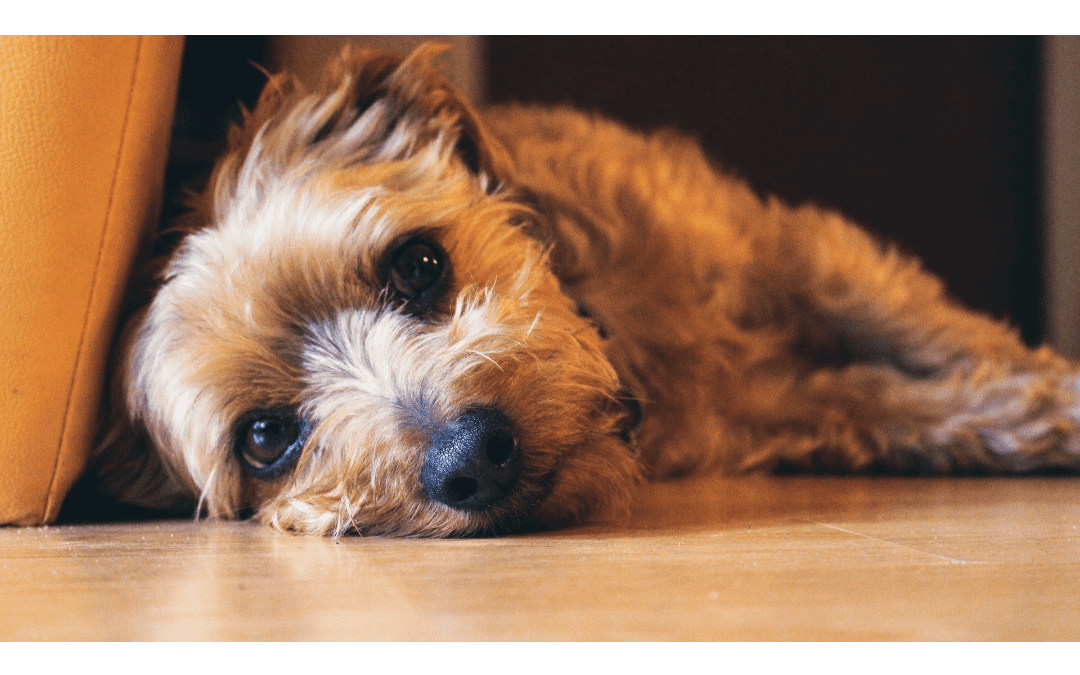May 2 to 8 is Dog Anxiety Awareness Week, and our team at Prelesnik Animal Hospital wants to help you learn how to spot potential anxiety signs in your dog so you can help them get the support they need.
Anxiety signs in dogs
Anxiety signs in dogs can be subtle. If your pet is in a situation that could trigger anxiety, such as hearing a thunderstorm, going for a car ride, or meeting new people, watch for the following signs:
- Aggression
- Destruction
- Inappropriate elimination
- Hyperactivity
- Shaking
- Excessive panting or drooling
- Seeking comfort or hiding
- Excessive licking or chewing
- Vocalization
How to soothe anxiety in your dog
Depending on what triggers your pet’s anxiety, some management methods may be more effective than others. However, a multimodal treatment plan generally works best. If you notice anxiety issues in your four-legged friend, try a combination of the following steps:
- Remove your dog’s anxiety triggers — If your dog becomes increasingly agitated as people walk past your window, block their access. Removing anxiety triggers inside and outside your home can help calm your pet.
- Create a safe space — If strangers visit or a thunderstorm rolls in, your dog will appreciate having a safe space to retreat to that’s outfitted with a cozy bed and plenty of long-lasting treats.
- Stick to a schedule — Sudden schedule changes, such as if you return to your office after working from home, can cause increased anxiety in your dog. Try to maintain the same daily schedule.
- Exercise with your dog — A bored dog is more prone to behavior issues like anxiety. Daily mental and physical activity will help tire out your pet and give their mind something else to focus on.
It may not always be easy to spot when your dog is suffering from anxiety, whether it’s caused by storms, separation, or life in general. If you think your furry pal may have anxiety, contact our team to schedule a behavior consultation to get your pet relief.

